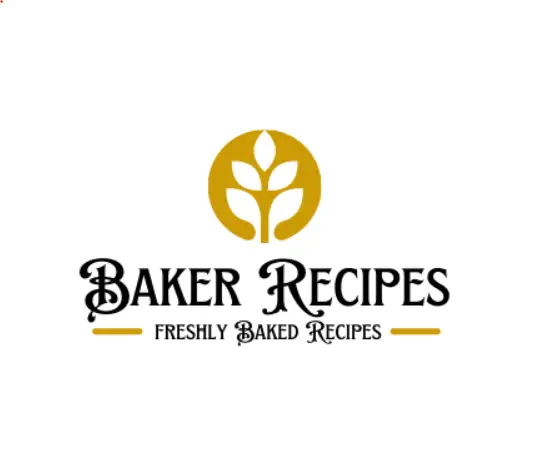The best delicious Bread Machine Tips recipe with easy-to-follow step-by-step instructions that are straightforward and foolproof. Try this Bread Machine Tips recipe today!
Hello my friends, this Bread Machine Tips recipe will not disappoint, I promise! Made with simple ingredients, our Bread Machine Tips is amazingly delicious, and addictive, everyone will be asking for more Bread Machine Tips.
What Makes This Bread Machine Tips Recipe Better?
The answer is simple, Simplicity, Foolproof, Straightforward, and Tested. Yes, all recipes have been tested before posting including this Bread Machine Tips.
Ready to make this Bread Machine Tips Recipe? Let’s do it!
Oh, before I forget…If you’re looking for recipes that are simple to follow, then we’ve got your back. With over 55,000 recipes in our database, we’ve got the best recipes you’re craving for.
: Directions Only
Bread Machine Tips
1.Use good quality hard wheat unbleached, unbromated flour that has at
least 12 grams of protein per cup. (I like King Arthur) 2.Use fresh,
quick dissolving active yeast, not rapid rise. 3.Open the machine and
check the dough during the first 5 – 10 minutes of the first kneading
cycle!!! Even if your manual says not to do it: flour acts as a
sponge absorbing moisture on wet days and becoming dehydrated during
dry weather. You’ll have to adjust for fluctuating humidity and
barometric pressure by adding small amounts of flour or liquid to the
dough. 4.If you’ve never made bread before and don’t know what dough
is supposed to look like, buy a package of frozen bread dough
(available at your local supermarket), and let it defrost according
to the package directions. Place it on a lightly floured surface and
play with it until you are familiar with the consistency. This is
what you’re aiming for in the bread machine. 5.Now, to adjust the
dough in your bread machine during the first knead cycle: wait until
the ingredients have been kneaded for 3-4 minutes. If the dough looks
sticky and wet and is coating the bottom and sides of the pan, then
sprinkle in flour, a tablespoon at a time (you may need up to an
extra 1/2 cup) while the machine is kneading, until you have a
smooth, supple ball of dough. If the mixture is dry and corrugated
looking or the dough doesn’t hold together then sprinkle in
additional liquid, a little at a time, until the dough is smooth and
pliable and forms a cohesive ball. If you’ve wandered away from your
machine only to return to find a wet messy glob or a dry desert
thumping around in the machine, press stop (you can do this at any
time – except if the machine has gone into the bake cycle), add a
small amount of flour or liquid and press start. Stick around and
make additional adjustments, if necessary, until the dough looks
right. 6.I have found that when you are either making dough, or
placing the ingredients in the machine to make bread at that time,
you can add either the liquids first or the dry ingredients first.
The major exception to this is the old dak (no longer made) where the
yeast must be placed in the bread pan first in a position farthest
away from the kneading blade. When programming ahead make sure to
place any dried fruits away from contact with wet ingredients as they
will absorb those liquids and throw off the recipe.
Extra kneads and extra rise times all contribute to the depth of
flavor, character of the crumb and general personality of a loaf of
bread. One of the reasons I dislike rapid rise yeast and rapid cycles
on the bread machines is that the dough really requires the entire
life span of the yeast to become the amazing miracle that is bread.
If you are partial to whole grain breads and are winding up with
lower loaves than you wish, then try a double knead cycle: place the
ingredients in the machine and program for dough or manual. At the
end of the final knead reprogram the machine for bread (of Whole
Wheat) and press start. You’ve given the dough an extra work-out to
develop the gluten – that will result in a higher loaf. For an even
higher loaf you can (if your machine permits) program for a longer
rise time, or simply remove the dough from the pan after the final
rise cycle (but before baking) transfer it to a bread pan and allow
it to raise in a warm place until doubled in bulk. Then bake it in
the oven.
Sweet doughs with lots of butter and eggs also respond well to a
second long rise in a cool place. I remove my brioche from the
machine after the dough cycle is complete. I place it in a large
freezer strength zip lock bag and refrigerate it overnight. Then I
place it back in the machine (my Zojirushi has flexible programming),
program for 2nd rise and bake. If you can’t program your machine this
way you can place the dough in a bread pan after you remove it from
the machine, give it a long, refrigerated rise, and then bake it in
the oven. Even non-wheat and non-sweet doughs can benefit from this
extra rise.
Yields
1 Servings


Leave a Reply